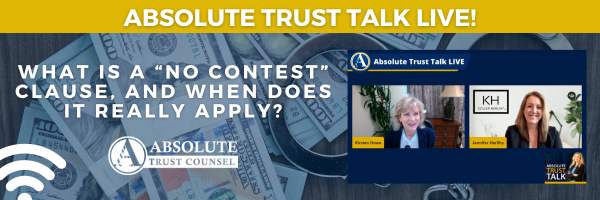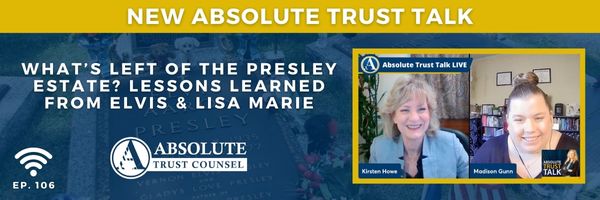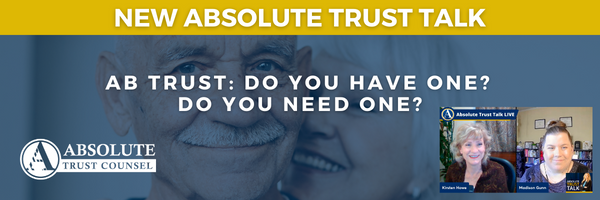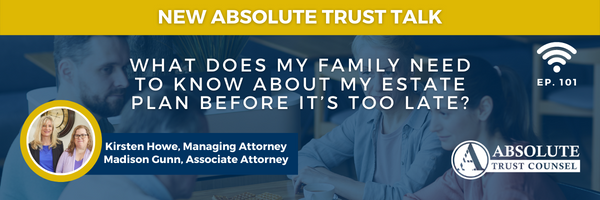


Imagine this scenario: your cousin, David, dies without an estate plan here in California. He had no children or further descendants. He has no living siblings, parents, grandparents, or aunts or uncles, but he does have you, his first cousin on his dad’s side. His only first cousin that you are aware of. You petition the court to open a…



History Heggstad petitions are named after the California court case, Estate of Heggstad. Mr. Heggstad created a living trust and identified the assets he wanted in the trust by filling out a schedule of assets attached to his trust. Unfortunately, Mr. Heggstad died before he could retitle those assets into the name of his trust. Wanting to avoid a full probate…


Welcome to 2023! It’s the start of a new year, a new month, and it’s time for new resolutions. Now, while anyone can set goals or make good old-fashioned New Year’s resolutions, seniors tend to struggle the most. Goal setting can seem irrelevant later in life, but research begs to differ. Instead, goal setting can be a factor in slowing…






